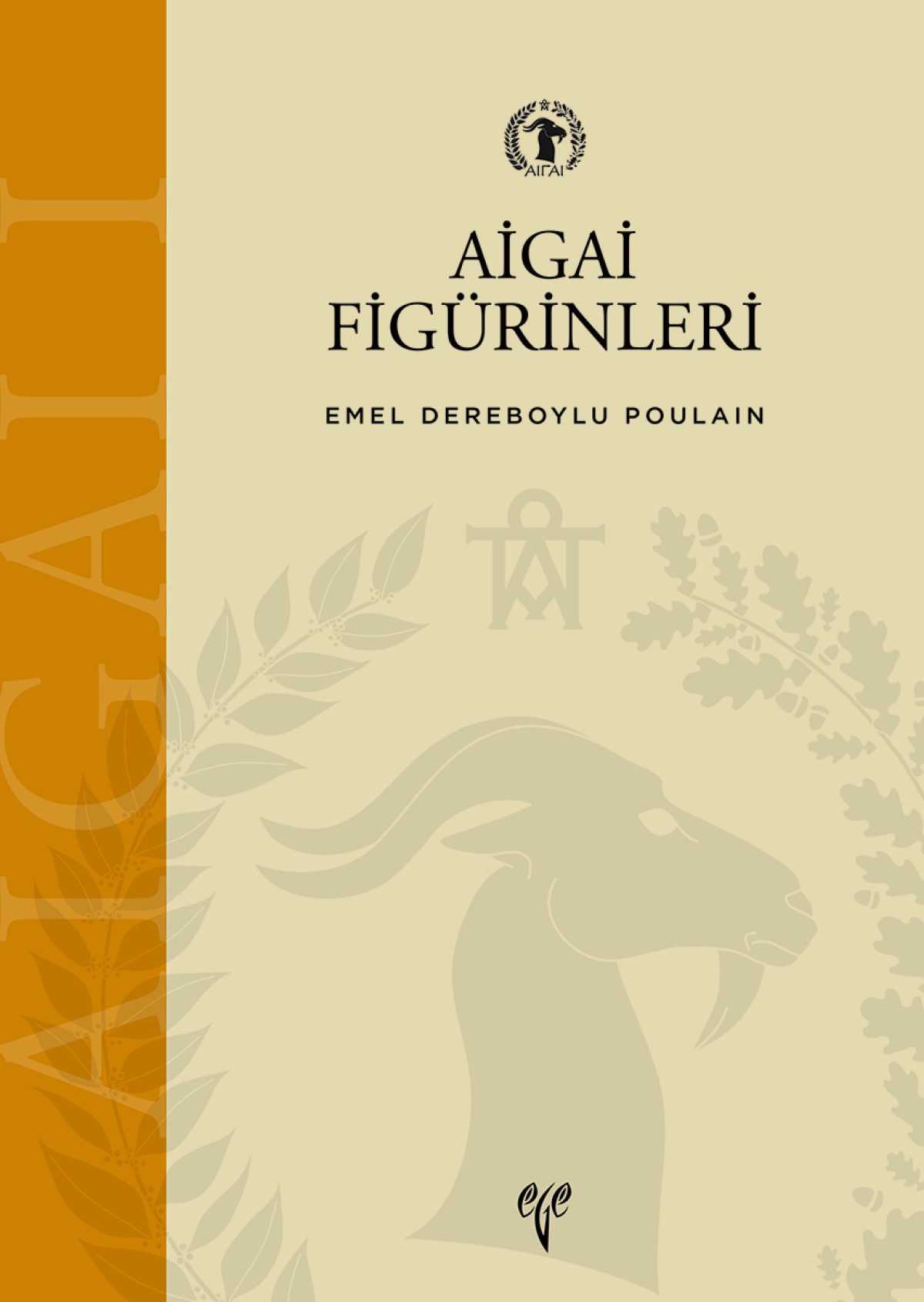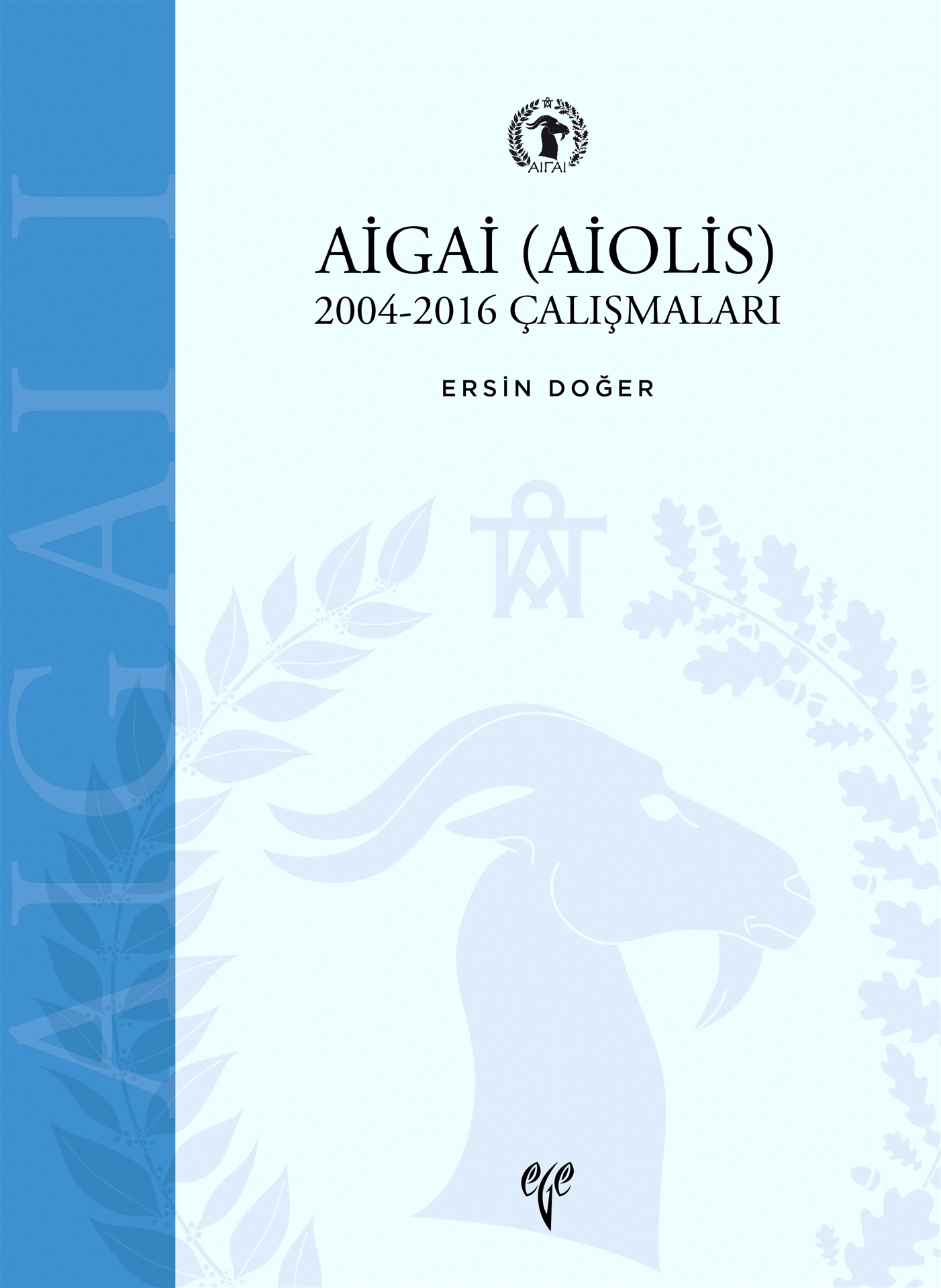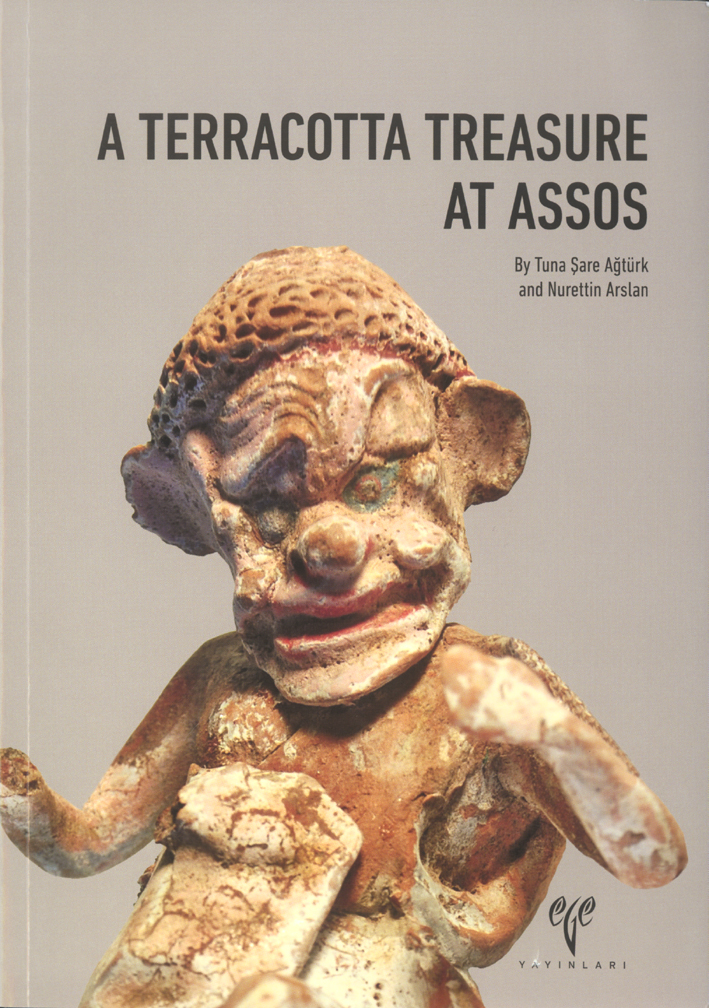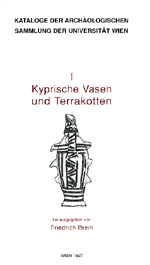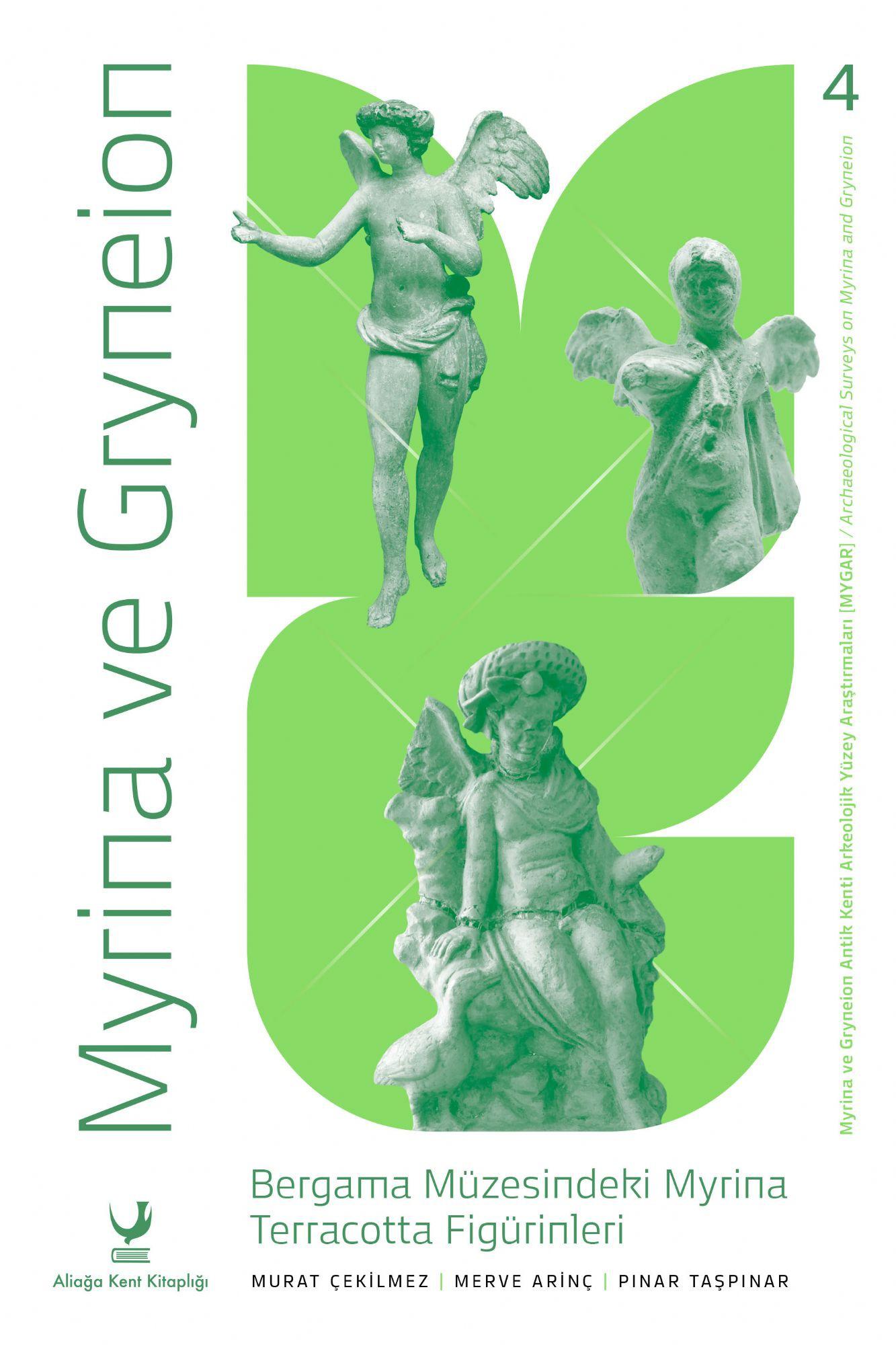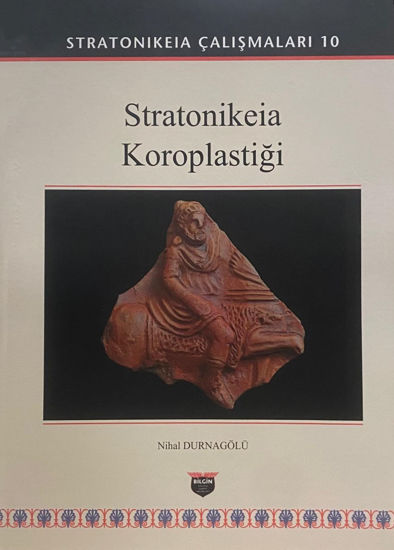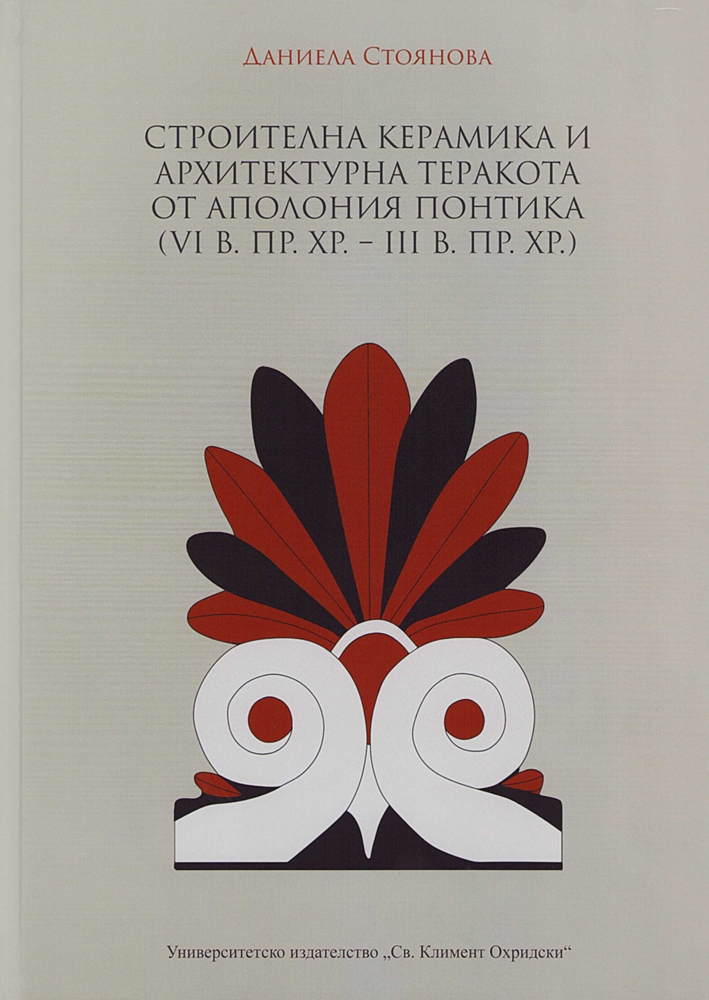Dereboylu Poulain, Emel : Aigai Figürinleri (Aigai III)
€69.00
Available in 30 days, delivery time 1-3 days
"Dereboylu Poulain, Emel : Aigai Figürinleri (Aigai III)"
Emel Dereboylu Poulain,
Aigai Figürinleri
(Aigai III)
Istanbul 2024
ISBN 978-625-6212-01-5
XII + 361 S./pp., zahlr. S/W-Abb. / num. b/w-figs., 27,5 x 19,5 cm; broschiert/softcover
At the end of the 19th century the eyes are turned towards Myrina in
the area of Aeolis, because of thousands of terra cotta figurines
laid out in tombs of its necropolis. The necropolis of Myrina thus
became the antique site most important, whereas research on the close
sites, were somewhat forgotten. Today, of new excavations in the area
of Aeolis help us has to understand the art of the coroplaste, which
until was now limited only has Myrina.
The ville of Aegae, located in
this area, or of the French archaeologists had discovered a small
number of figurines in 1882, was the object during many years of
plunderings of figurines, in particular in years 1950-1960. Certain
villagers tell that their fathers and grandfathers had put at the day
during this same time, of the painted figurines of big size, then
sold to the American soldiers. To date, one still does not know what
became the catch figurines. The excavations and the research
currently undertaken in the town of Aegae put at the day of many
figurines of great quality representing various subjects. These many
discoveries, seem to confirm the importance of the art of the
coroplastie of Aegae. We have a larger pallet of examples which show
than the production of terra cotta was very developed and very active
in Aegae. It does not remain about it less than it is necessary for
us to find the workshops in order to be able to prove that in due
form. The majority of works are dated from the hellenistic period.
Especially with 2nd century before J-C, the production out of the
city would have increased. It is not only the case for Aegae but also
for the other cities of Anatolia Western. Works of Aegae are
witnesses of enrichissement of art coroplaste in Anatolia Western
during these centuries. We suppose that these terracotta figurines
were produced in the city. Indeed, works discovered reflect the
marked taste of the coroplastie, the concern nuns of the inhabitants
to create figurines and plates representing the Gods and the
Goddesses. The figurines with the religious motif discovered in
votive pits of the building of Bouleuterion, reflect ritual
inhabitants.
Login

